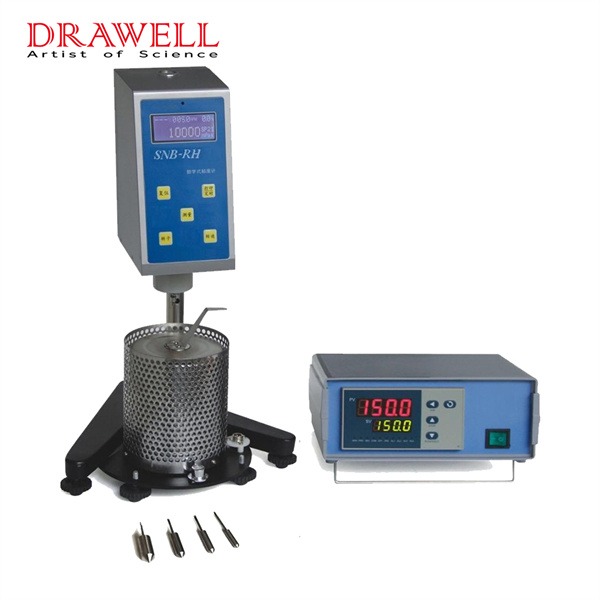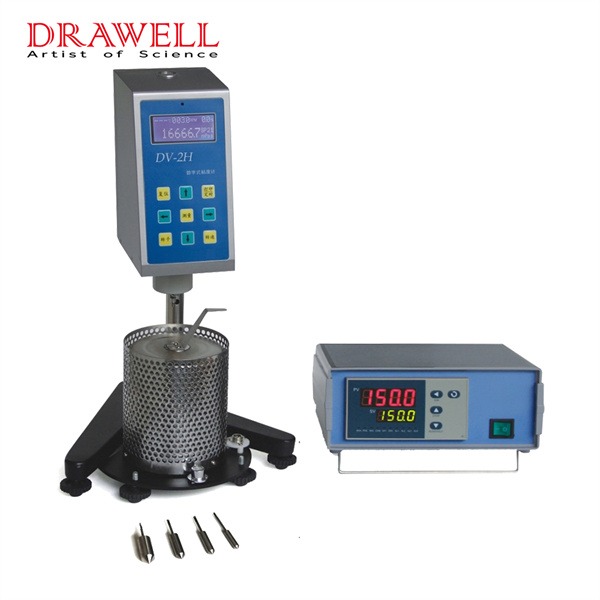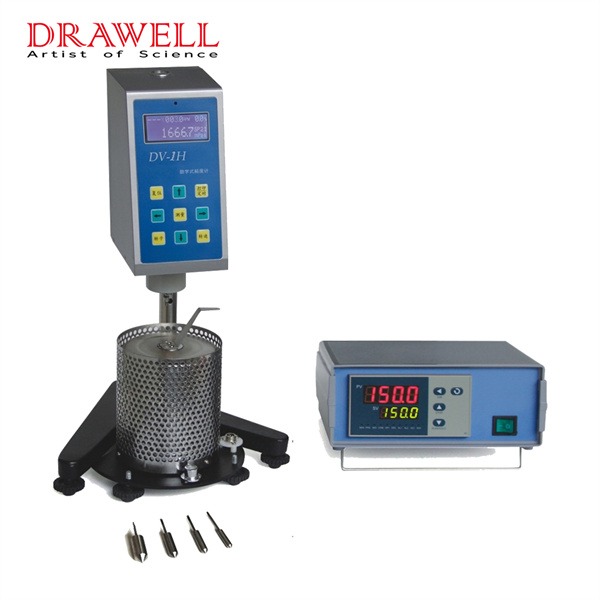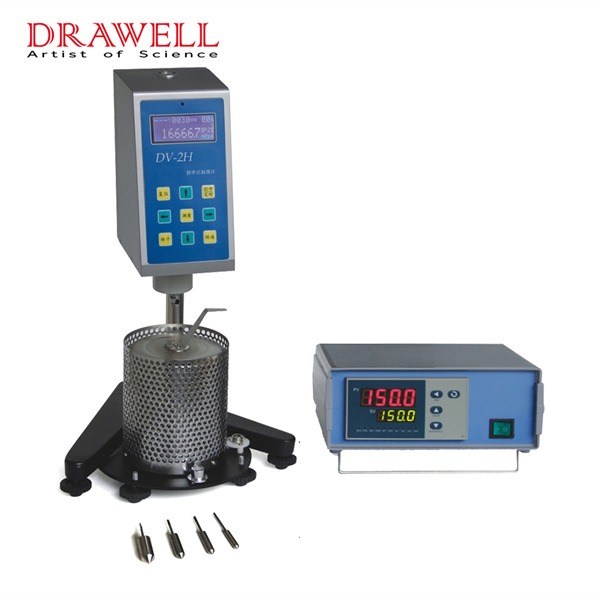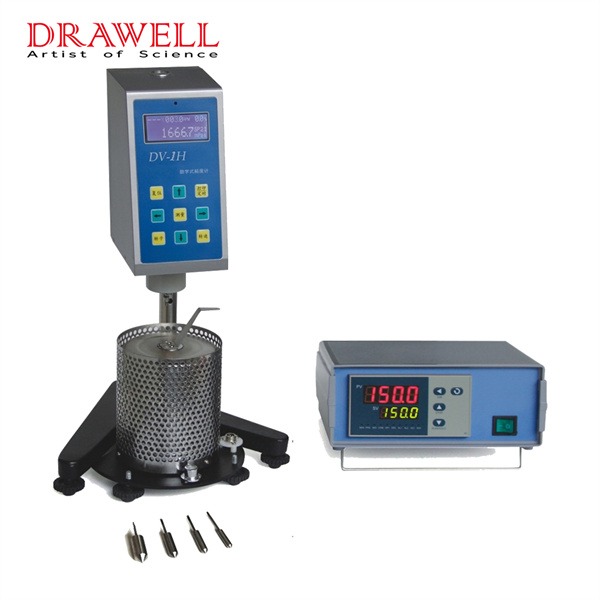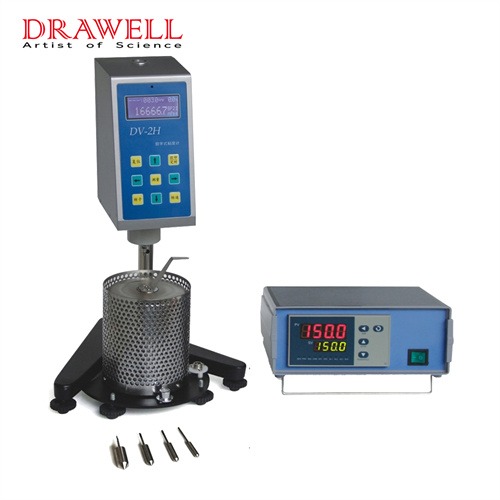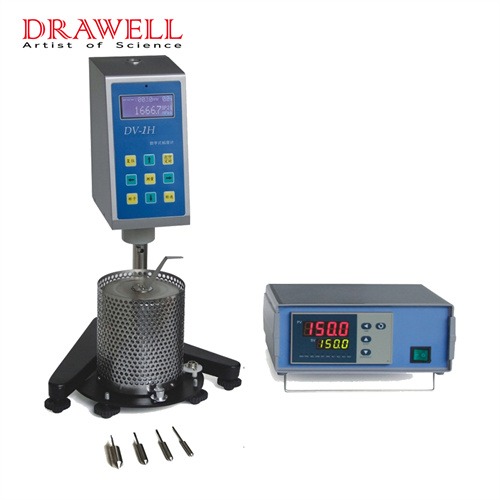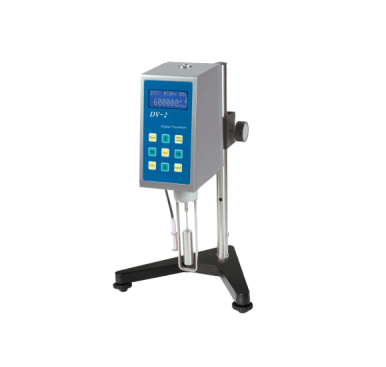Viscosity, the measure of a fluid’s resistance to flow, is a crucial property in various industries, ranging from pharmaceuticals to food and beverages. To accurately determine viscosity, digital viscometers have emerged as essential tools in modern laboratories and industrial settings. These advanced instruments utilize electronic sensors and cutting-edge technology to provide precise and real-time viscosity measurements. In this article, we will delve into the principles, advantages, and limitations of each type of digital viscometer is crucial for selecting the most suitable instrument for specific viscosity measurement requirements.
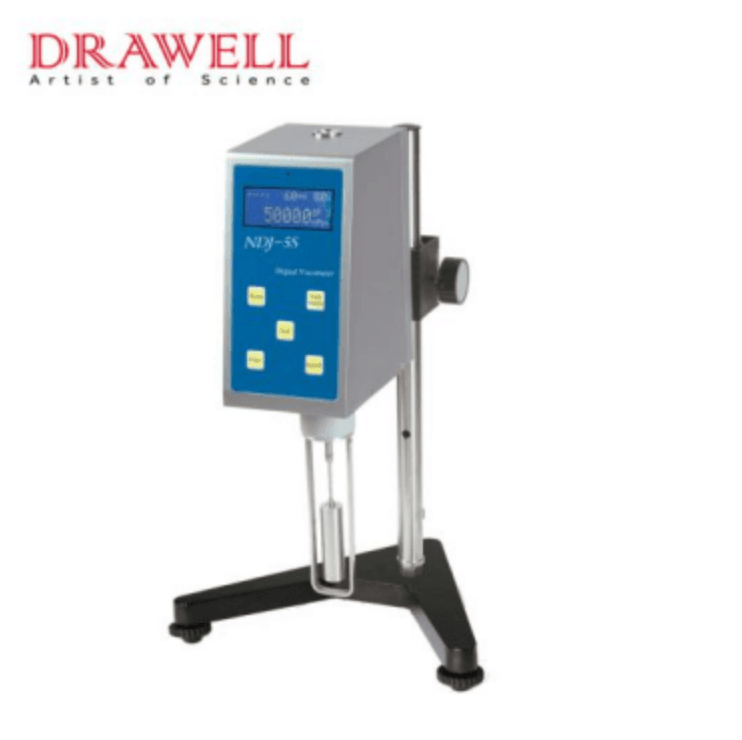
Digital Rotational Viscometer
Working Principle of Rotational Viscometers
Rotational viscometers measure viscosity by assessing the torque required to rotate a spindle or rotor in a sample fluid. The resistance to rotation is directly proportional to the viscosity of the fluid.
Advantages of Rotational Viscometers
- Wide measurement range: Rotational viscometers can handle a broad range of viscosities, from low to high.
- Versatility: They can be used for both Newtonian and non-Newtonian fluids.
- Real-time measurements: Digital rotational viscometers provide instant and accurate viscosity readings.
- Various spindle options: Different spindle sizes and geometries allow for measurements in different sample volumes and viscosities.
Limitations of Rotational Viscometers
- Sensitivity to sample properties: The viscosity measurement may be affected by factors such as temperature, sample composition, and shear rate.
- Higher sample volume requirements: Some rotational viscometers require a relatively large sample volume, which may not be suitable for limited sample availability.
- Potential shear thinning or thickening effects: In some cases, the rotation of the spindle may alter the fluid’s viscosity due to shear-induced changes.
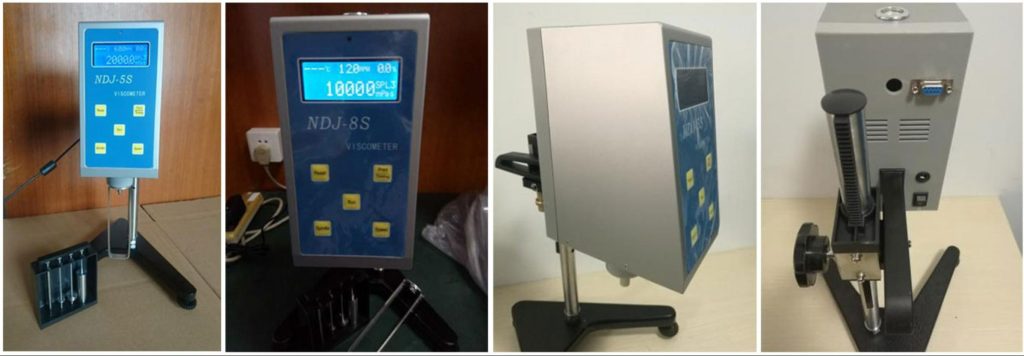
Digital Capillary Viscometers
Working Principle of Capillary Viscometers
Capillary viscometers determine viscosity by measuring the flow of a fluid through a capillary tube under controlled conditions. The rate of flow is inversely proportional to the viscosity of the fluid.
Advantages of Capillary viscometers
- Wide viscosity range: Capillary viscometers can measure a broad range of viscosities, including both low and high viscosities.
- High accuracy: Capillary viscometers can provide precise viscosity measurements.
- Minimal sample volume requirement: Only a small amount of sample is needed for measurement.
- Suitable for transparent and opaque fluids: Capillary viscometry can be applied to both transparent and opaque samples.
Limitations of Capillary Viscometers
- Time-consuming measurements: The viscosity determination using capillary viscometers typically takes longer compared to other methods.
- Susceptibility to variations: The accuracy of measurements can be influenced by factors such as tube cleanliness, temperature control, and operator technique.
- Limited applicability to non-Newtonian fluids: Capillary viscometers may not be suitable for highly non-Newtonian fluids due to potential flow behavior changes in the capillary.
Digital Vibrational Viscometers
Working Principle of Vibrational Viscometers
Vibrational viscometers assess viscosity by measuring the damping effect on the oscillation of a probe immersed in the fluid. The damping is related to the viscosity of the fluid.
Advantages of Vibrational Viscometers
- Quick measurements: Vibrational viscometers provide rapid viscosity readings.
- Small sample volume requirement: Only a small volume of the sample is needed for measurement.
- Suitable for in-line measurements: Some vibrational viscometers can be integrated into process lines for continuous viscosity monitoring.
- Wide temperature range: Vibrational viscometers can measure viscosity across a wide temperature range.
Limitations of Vibrational Viscometers
- Limited range for high viscosities: Vibrational viscometers may have limitations when measuring extremely high viscosities.
- Susceptibility to sample properties: The measurement accuracy can be affected by factors such as temperature, sample composition, and flow conditions.
- Potential sensitivity to particulates: Vibrational viscometers may encounter challenges when measuring samples with suspended particles or high levels of contaminants.
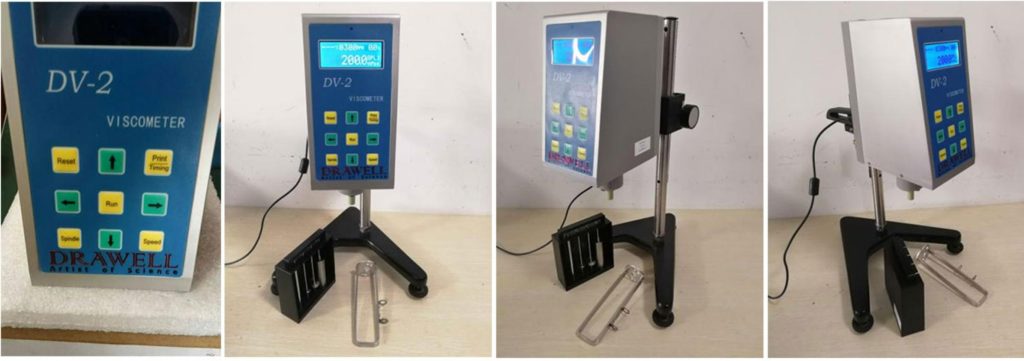
5 Differences of NDJ and DV Series Digital Viscometer
The NDJ and DV series are two popular models of digital viscometers. While both belong to the category of rotational viscometers, there are differences between them in terms of design, features, and functionality. Drawell have both two series, NDJ series have viscometer NDJ 8s and NDJ 5s viscometer to choose, DV series have viscometer DV2 to choose. Here are some key distinctions:
- Design
NDJ Series: The NDJ series digital viscometers typically have a compact and portable design. They often feature a handheld or benchtop form factor with a detachable control unit and a rotating spindle for viscosity measurement.
DV Series: The DV series digital viscometers are commonly designed as benchtop instruments with a fixed control unit and an integrated rotating spindle. They are often larger and more robust compared to the NDJ series.
- Measurement Range
NDJ Series: The NDJ series viscometers usually offer a relatively narrower measurement range, suitable for fluids with lower to medium viscosities.
DV Series: The DV series viscometers typically have a broader measurement range, allowing for the measurement of fluids with a wide viscosity range, including both low and high viscosities.
- Display and Controls
NDJ Series: The NDJ viscometers usually feature a digital display on the control unit, presenting viscosity readings and other relevant information. They often have intuitive buttons or a touchscreen interface for control and settings adjustment.
DV Series: The DV viscometers also have a digital display on the control unit, providing viscosity readings and additional parameters. The control panel typically includes buttons or a keypad for navigating through menus and configuring settings.
- Spindle Options
NDJ Series: The NDJ series viscometers may offer a limited range of spindle options. They usually come with a set of standard spindles suitable for general viscosity measurements.
DV Series: The DV series viscometers often provide a wider selection of spindles, allowing users to choose from a variety of sizes and geometries. This enables measurements in different sample volumes and viscosities with greater versatility.
- Additional Features
NDJ Series: While specific features can vary among models, the NDJ series viscometers may offer functionalities such as rotational speed control, temperature display, and data storage for storing viscosity measurements.
DV Series: The DV series viscometers tend to provide more advanced features, such as programmable test protocols, automatic viscosity correction for temperature variations, data logging capabilities, and connectivity options for data transfer to external devices or software.

